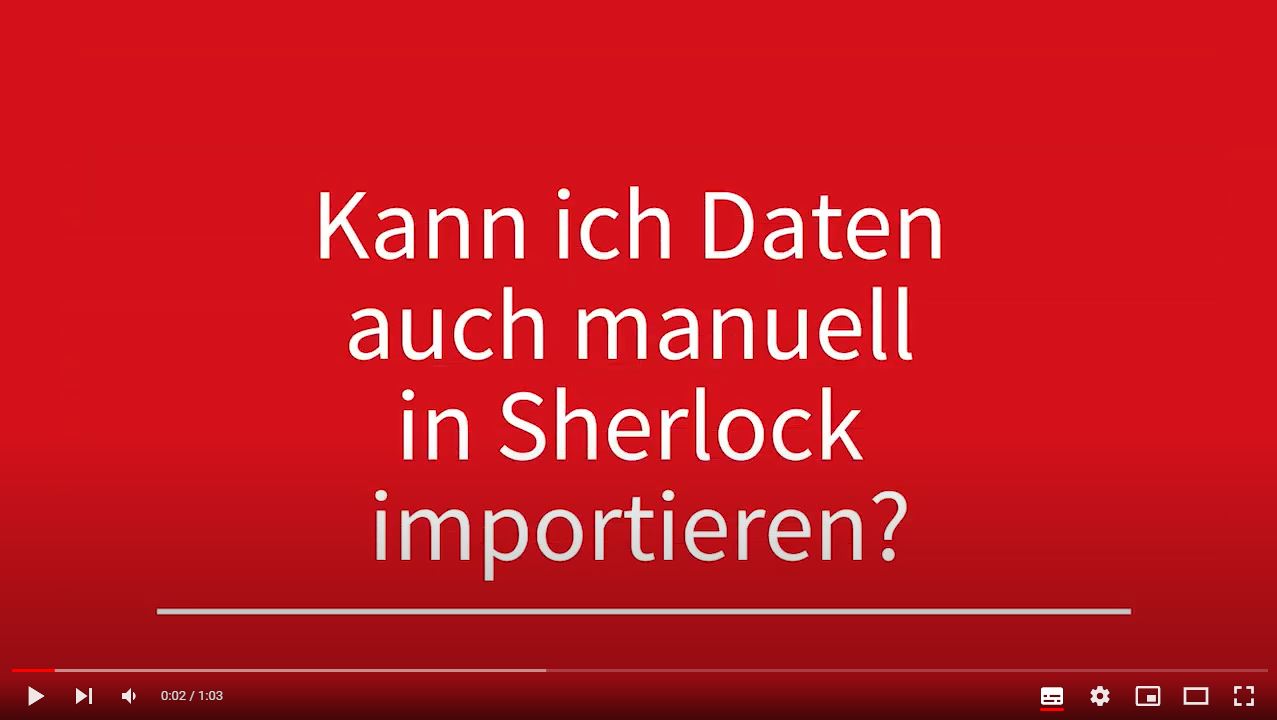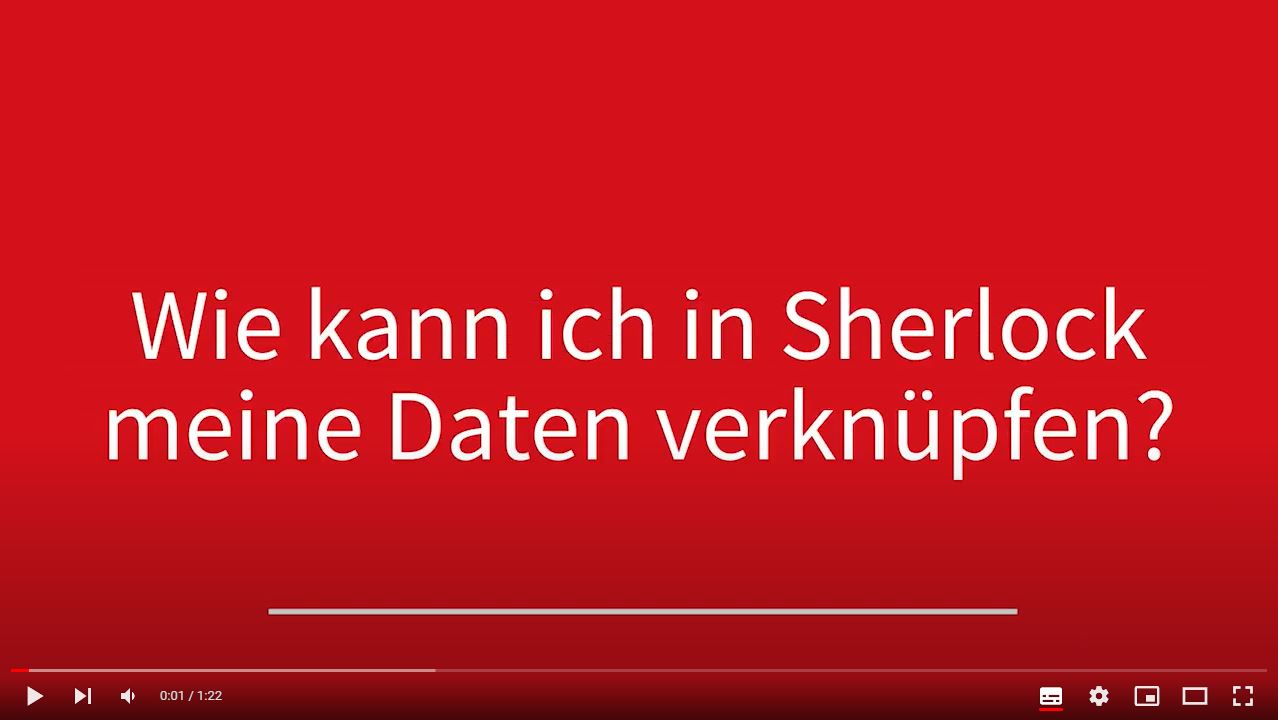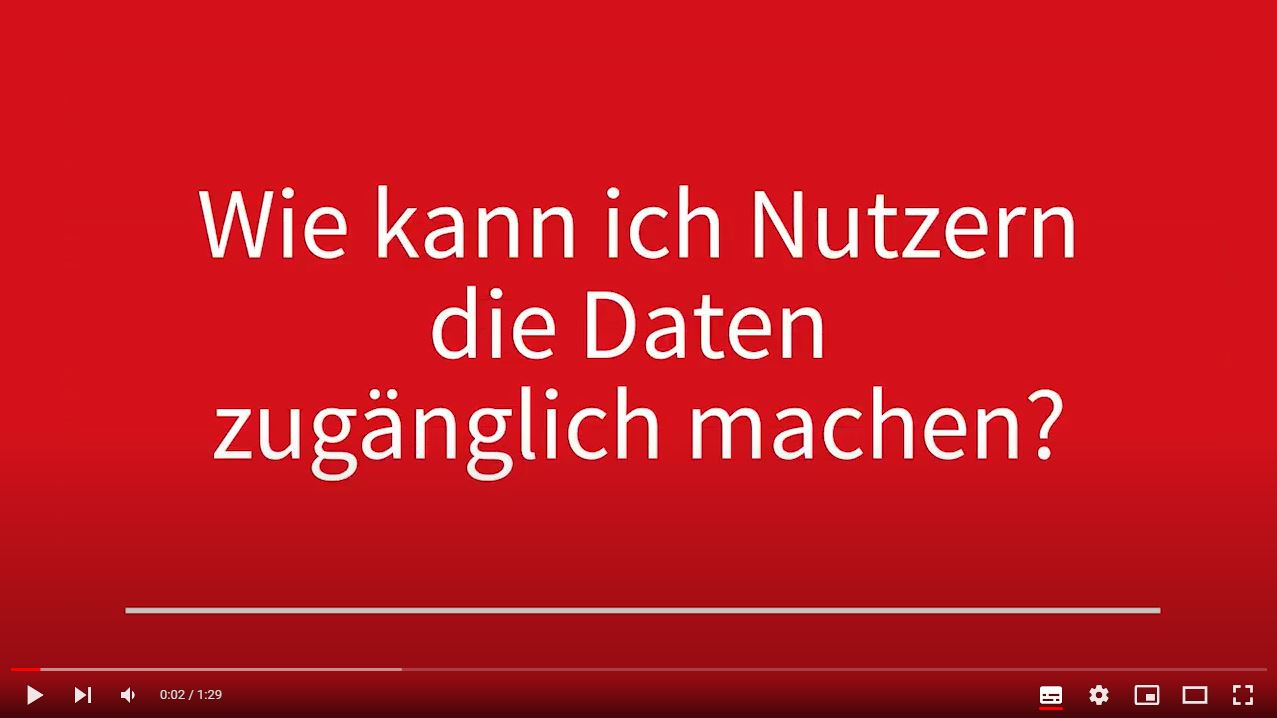Sherlock generates knowledge from information. Due to his components, such as flexible information modeling, efficient data integration and data linking, and the smart production of application-specific views. That’s what Sherlock is all about.

What can Sherlock do?
Your data becomes knowledge
Modeling structures, integrating & providing data - that's what Sherlock can
- In order to be able to react flexibly to the content requirements of the various applications, Sherlock has a configurable information model and thus guarantees the basis for a knowledge platform, as the intelligent mechanisms ensure clean information networking.
- The simple modeling of the information according to the specific needs is in the foreground. By using the graph database, the primary focus is on objects with their properties and the relationships between objects with their properties.
- Sherlock’s information model is modular and supports submodels that can be flexibly combined with each other. Existing models, for example for a customer mapping, can be easily used and do not have to be reinvented or redefined.
- Data is integrated into Sherlock via the RestAPI and uses standard formats such as CSV and SQL. In addition, there are connectors in the Integration Hub for special systems such as SAP or development and PLM systems. To normalize the data from the source systems, the Integration Hub uses a processing pipeline that can be configured as needed with just a few clicks. Thus, the data in the information model is “freed” from its specific source format. They are consistent, standardized and usable as information.
- The focus is on intelligent linking. For this purpose, Sherlock uses the graph database, which, supported by artificial intelligence, automatically analyzes objects with their references and creates new relationships. In the context of integration or after integration, data can be linked automatically on the basis of linking rules. The linking mechanisms can be defined as a rule in Sherlock or suggested by Sherlock via the integrated learning system.
- The linkages define the context of the information. The information knows its context, it knows when it is relevant – information becomes intelligent!
- In order to provide not all information of a graph, but only the information that is needed for a desired application (e.g. an app, portal, website), there is an intuitive way in Sherlock.
- A collection can be easily defined for the information that is needed, and with a few clicks it is made available at an endpoint in the gateway.
- This way, each user group and each application gets access to exactly the information it needs and is allowed to see – no more and no less.
The most important functions in a nutshell
Sherlock has a wide range of functionalities. You will find the essential functions and their application in the prepared step-by-step explanatory videos. This gives you a comprehensive insight into the functionality and intuitive operation of the information platform.
Note: Select English language under Settings to display subtitles accordingly.
Import data manually
In addition to the automated interfaces, data can also be imported manually into Sherlock for testing and demo purposes. Excel sheets in XML and CSV format can be selected via a simple wizard. All imported data and links are immediately visible in Sherlock.
Link data
Information only becomes truly useful when it is properly linked. The sets of rules in Sherlock ensure that newly imported data finds the right place in the information platform. You can easily create your own sets of rules to link customers with products, for example.
Make data accessible
All information from Sherlock is provided in applications. The configuration of the applications is done via information collections, which are called “collections” in Sherlock. The collections define which data objects and which links are to be included in the information collection.

Contact us
Carl Pfeffer & Rainer Börsig
CEO & CTO
